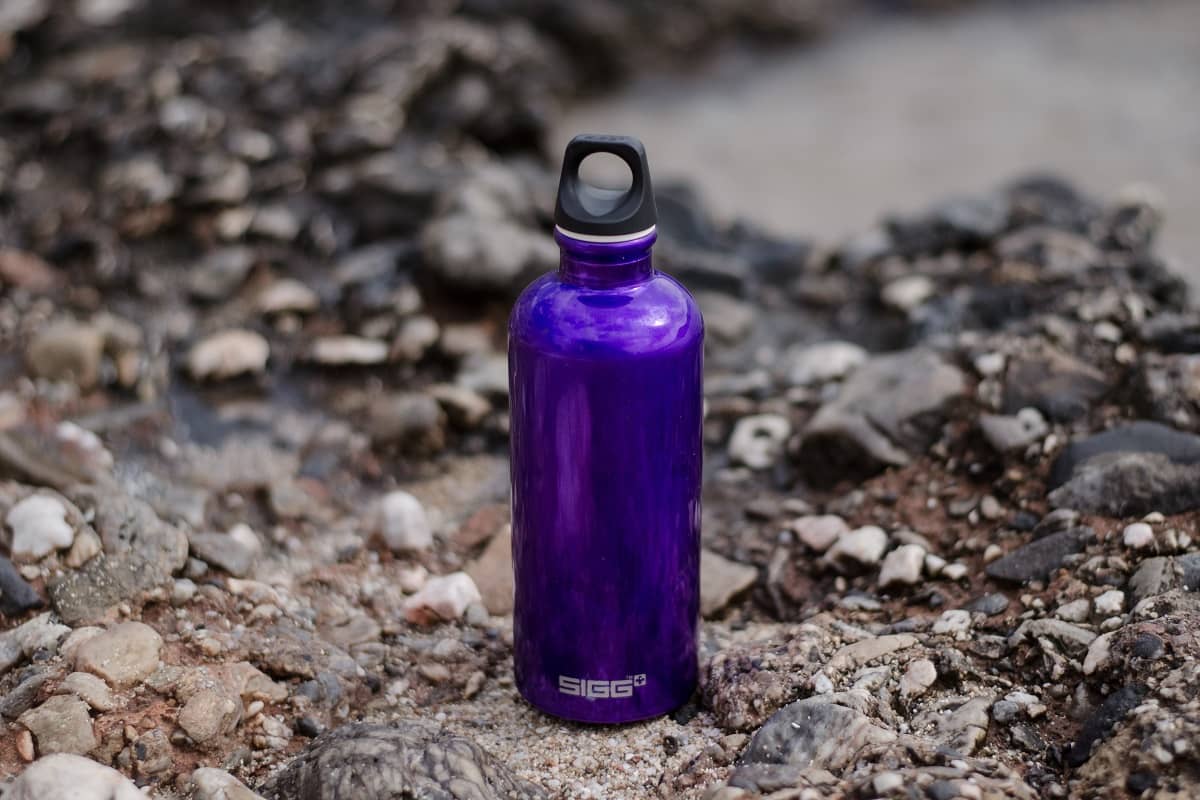Water bottles, whether reusable or plastic, are used every day by millions of people around the world.
Liquid that comes into contact with these bottles is being ingested on a consistent basis at a large scale. This means that any loose particles within the water bottles can be carried away and ingested as well.
Studies have shown that some of these particles are potentially harmful. One in particular is BPA, which you might have seen on the news or in your Facebook feed.
What is BPA?
BPA stands for Bisphenol A, a chemical that is often found in consumer goods. It is a colorless solid material that is soluble in organic solvents but is poorly soluble in water.
BPA has been in commercial use since 1957 (around 60 years) and is used to make plastics and epoxy resins. BPA plastic gets turned into CDs, DVDs, sports equipment, water bottles, and other goods. BPA epoxy resins are often used to line food and beverage cans.
An estimated 10 billion pounds of BPA was produced for plastic manufacturing in 2011, making it one of the highest volume chemicals produced worldwide.
BPA is a potentially harmful chemical. And because it is so widely used, the concerns surrounding it are severe.
To help you understand more about this chemical, and particularly how it affects your water bottle use, we have put together five things you need to know about BPA and BPA-free water bottles.
1. The Health Benefits of BPA-Free Water Bottles
A growing amount of research links Bisphenol A to some major health concerns, such as a higher risk of certain cancers, reduced fertility, diabetes, and birth defects. These concerns even lead to a California ban on BPA. The state also added it to its list of toxic chemicals.
(Despite this evidence, the Food and Drug Administration of the United States refuses to acknowledge BPA’s risk, particularly to the female reproductive system.)
BPA-free water bottles reduce these concerns by eliminating the chemical from its material. BPA-free water bottles can be used without the risk of BPA consumption.
2. Where to Buy BPA-Free Drink Bottles
BPA-free drink bottles are widely available. Not as widely available as BPA-containing ones, but awareness has grown to the point where many companies have either pivoted to BPA-free bottles or have started up in order to specialize in creating these products.
At ECOf, we sell 100% BPA-free stainless steel drink bottles. Our water bottles are safe for drink consumption (they require zero lining), will insulate your beverage, and come with our fastest flowing Flip and Flow lid and straw.
3. What About Other Products Containing BPA?
Other products that could potentially have BPA include:
- Food cans
- CDs
- DVDs
- Contact lenses
- Baby bottles
- Electronic devices
- And more
How concerned should you be about products like these containing BPA?
The answer depends on how strongly you believe in the health concerns. If you believe that BPA is a major health concern, here are some tips from How Stuff Works to reduce your exposure:
- Use glass baby bottles or switch to polypropylene bottles that are labeled “5” on the bottom.
- Limit your intake of canned foods or buy from makers who don’t use BPA in the lining.
- Buy soups and milk that are packaged in cardboard cartons that are lined with the safer materials of aluminum and polyethylene.
- Buy or can your own fruits and vegetables in glass jars.
- Try to find out if your favorite winemaker uses vats lined with epoxy resin — such wines can contain six times the BPA of canned foods.

